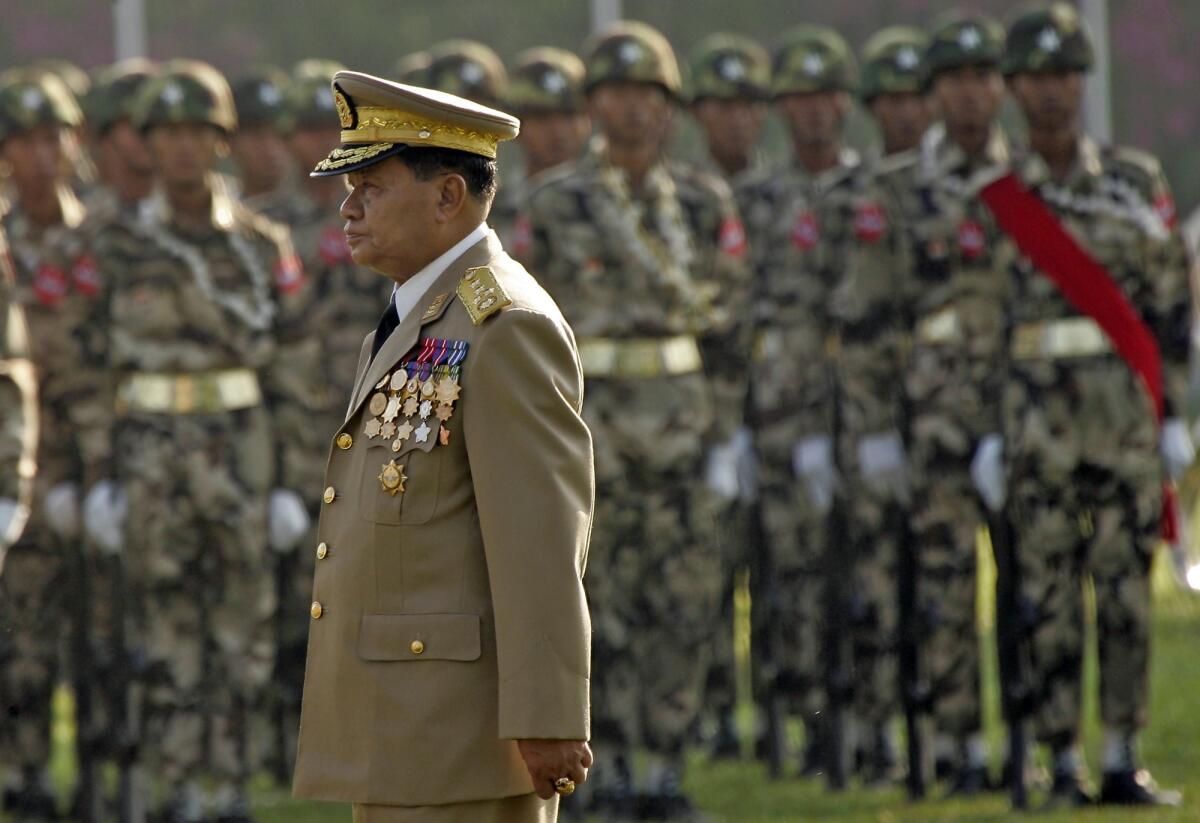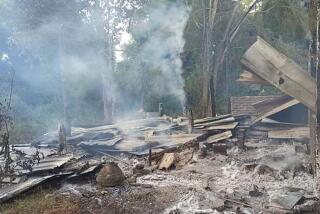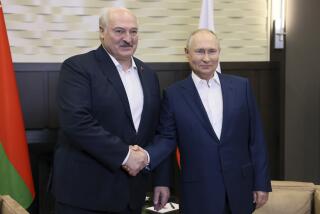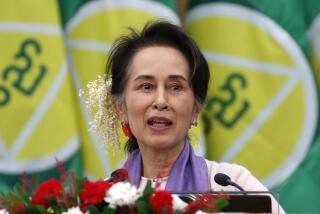Myanmar army releases child soldiers

NEW DELHI – The Myanmar army released 62 child soldiers Wednesday in its latest bid to meet international human rights standards, although critics said more children still remain in uniform.
Since the army agreed to end the practice in June 2012, about 170 children and young adults have been let out of the army. No exact figures are available on the total number of child soldiers in Myanmar, although human rights group Burma Campaign UK has estimated there are 5,000.
Analysts say Myanmar, also known as Burma, stepped up child recruitment a quarter-century ago as a way to meet its manpower quotas.
After a 1988 student uprising and brutal crackdown, the army tried to boost its ranks significantly -- it now has about 500,000 people in uniform -- to tighten its grip on power and subdue a recalcitrant society, said Tint Swe, chairman of the Burma Center Delhi, a civic group.
When the unpopular armed forces ran into difficulty filling their ranks, efforts began to strong-arming adult males by seizing vagrants and even men found relaxing in tea shops. When that effort fell short, authorities targeted boys despite a 1974 law outlawing underage recruitment, he said, including dropouts, runaways and children who’d quarreled with their parents.
The armed forces, known as Tatmadaw, also offered money to regular soldiers to recruit youngsters, which they often did using false promises of jobs, houses and wealth. “The army has a record of recruiting child soldiers for years, but didn’t admit it,” Tint Swe said. “If a soldier got one, they got a certain bonus, if they got two, they got more.”
In June 2012, as part of the government’s broader effort to open to the West, the army agreed after years of negotiations to work with the U.N. in ending its recruitment and use of child soldiers by December 2013.
“As we understand it, they were used for various roles including carrying water, running errands and combat duties,” said Myanmar’s UNICEF deputy representative in Yangon, Shalini Bahuguna. “We hope for the release of all children by the end of the year.”
To further that goal, the U.N. is planning to work with Myanmar’s social welfare department on counseling and resettling child soldiers. It’s also planning an advertising campaign to spread the message that the practice violates Myanmar law and international norms. Recently, U.N. officials have been allowed into training camps and barracks to monitor adherence.
Tint Swe said Myanmar government figures are often inaccurate and national ID cards manipulated, allowing children to be adults for the purpose of compliance. “It’s in the hands of authorities, so anything’s possible,” he said.
An added problem, analysts said, is that Myanmar’s armed ethnic groups are not party to the June 2012 agreement and are also known to recruit children.
Richard Clarke, director of London-based Child Soldiers International, said accurate data on the number of children recruited aren’t available in Myanmar or any of the other 22 countries identified as violators by the U.N.
Children are frequently used as soldiers because they’re more susceptible to coercion than adults. U.N. data suggest that recruitment has been declining over the last three years, he said.
However, Clarke said, “Without complete access, it is impossible to assess the situation as far as armed groups are concerned.”
ALSO:
Iran’s new president prompts renewed Israeli threats
Symbolic dates and Yemen strike drive fears of Al Qaeda attack
China fines baby formula companies $108 million in price-fixing case[email protected]
Tanvi Sharma in The Times’ New Delhi bureau contributed to this report.
More to Read
Sign up for Essential California
The most important California stories and recommendations in your inbox every morning.
You may occasionally receive promotional content from the Los Angeles Times.










